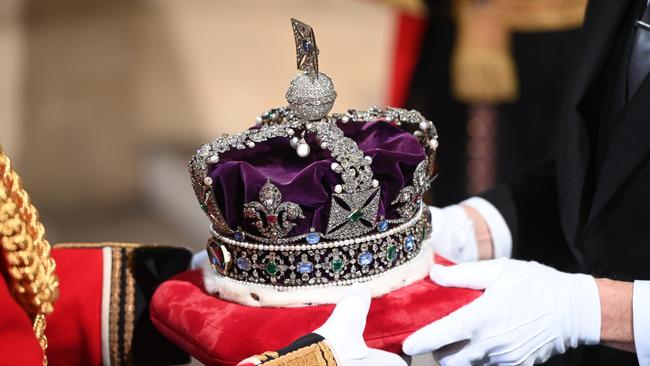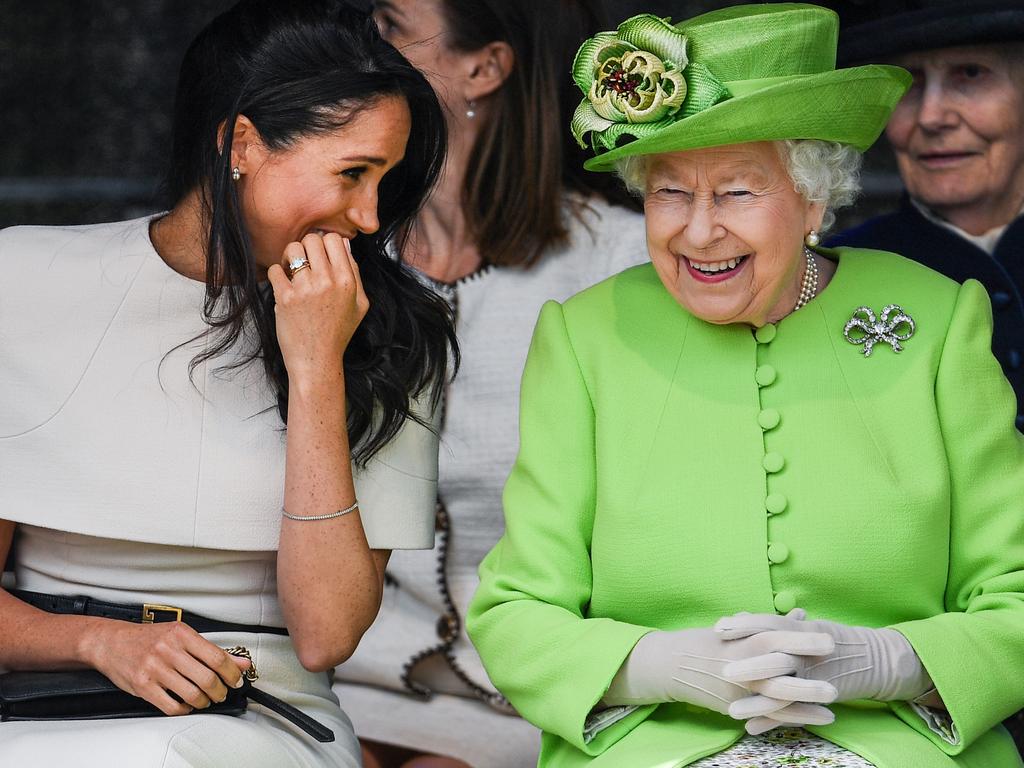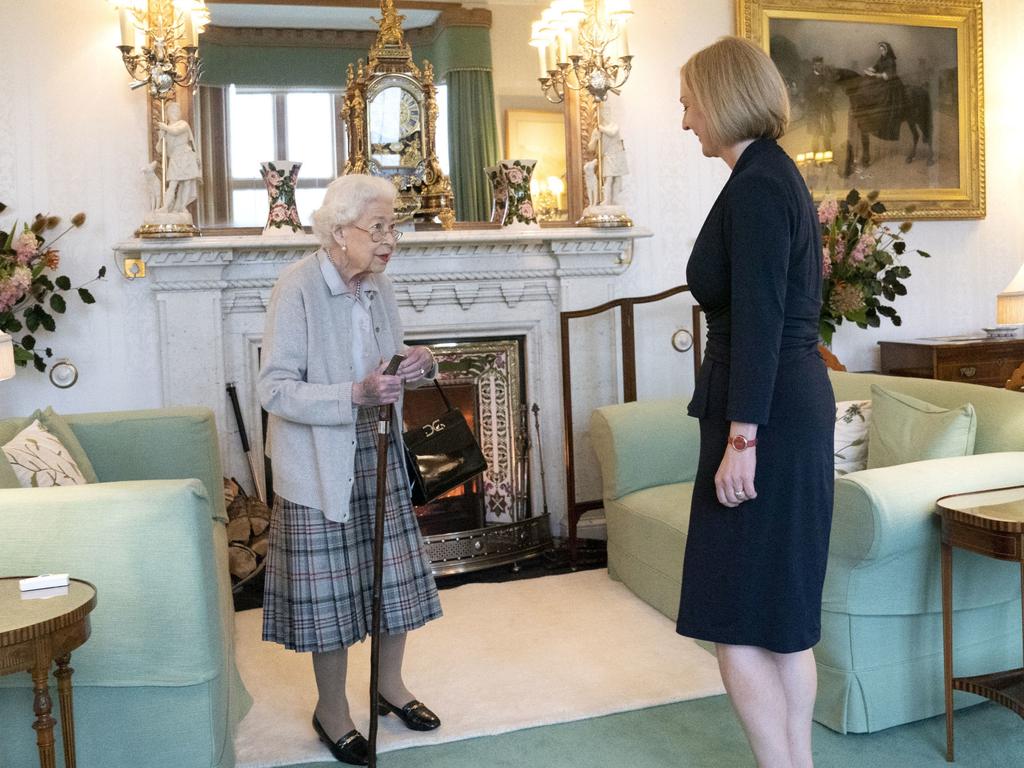Details of wealth stay secret along with Queen’s will
The stamp collection created by her grandfather is worth $81m alone. But the Queen was not as wealthy as most think.

Two questions arise after the death of the Queen, and both are unlikely ever to be answered, at least not with certainty: how much was she worth? And who did she leave her money to?
That leads on to an even more controversial question: why does the King not have to pay inheritance tax on his mother’s estate?
Although the Queen was often described as one of the wealthiest women in the world, the truth is that no one really knew how much she was worth. And they will not find out now, because her will is certain to remain a secret.
For more than a century the wills of the sovereign have remained private. So, too, have the wills of other members of the royal family: as when Queen Elizabeth the Queen Mother died in 2002, leaving an estimated fortune of 50m pounds, and when Princess Margaret died a month earlier.
As a court was told during a legal battle over Margaret’s will: “The primary reason and purpose of sealing royal wills is to protect the privacy of the sovereign.”
The Queen’s will, however, is in a category of its own. For technical legal reasons – because she is the source of legal authority, essentially – her will does not have to be granted probate, unlike all other wills. That means it does not have to be published.
The one thing that can be said with certainty is that she was not as rich as people thought. Many of the sources of her supposed wealth – the palaces, the Crown Jewels, the fabulous collections of works of art – were not her private property but held in trust for future generations.
In 2015 the Bloomberg Billionaires Index estimated that she was worth 277m pounds, a mere 3 per cent of the wealth of the richest Briton, the Duke of Westminster. The same year The Sunday Times Rich List calculated her wealth at 340m pounds.
The Bloomberg figure included 49m pounds of investments, 101m pounds inherited from her mother and property of 71m pounds. The stamp collection that was created by George V was said to be worth 48m pounds and the royal stud at Sandringham 6.5m pounds.
The major source of the sovereign’s personal money, however, is the Duchy of Lancaster. It is the sovereign’s private estate, existing purely to give the king or queen an income: in the financial year ending March 31 it was valued at about 652m pounds, and generated a net surplus of 24m pounds.
As it is an inalienable asset of the Crown, it would not even appear in the Queen’s will: it is simply passed from sovereign to sovereign, without any tax being paid.
Why is no inheritance liable on her personal wealth? This goes back to 1993, and the deal struck with John Major’s government in which the Queen agreed for the first time to pay income tax. As part of that agreement it was stipulated that sovereign-to-sovereign bequests would be exempt from inheritance tax. The same applies to bequests from the consort of a sovereign to a sovereign: for example, gifts from the Queen Mother to the Queen.
The Treasury Memorandum of Understanding on Royal Taxation, written in 2013, states: “The reasons for not taxing assets passing to the next sovereign are that private assets such as Sandringham and Balmoral have official as well as private use, and that the monarchy as an institution needs sufficient private resources to enable it to continue to perform its traditional role in national life, and to have a degree of financial independence from the government of the day.”
There was a considerable public fuss when it emerged that the Queen Mother’s estate was not liable for any tax when the Queen inherited it: when people wake up to the fact that the Queen’s estate will now also not be liable for any tax there is likely to be similar disquiet, particularly as Charles is already a wealthy man thanks to his income from the Duchy of Cornwall.
The same will probably be true when it is confirmed that the Queen’s will not be published. Michael Nash, author of a book on royal wills, said: “It is simply sent to Farrer’s, the royal solicitors, and they will deal with it.”
The practice of keeping secret the wills of members of the royal family other than the sovereign dates back to 1911, when Queen Mary persuaded a judge to hush up the will of her brother Prince Francis of Teck, a notorious womaniser, who had bequeathed prized family jewels to a mistress.
The will was sealed, and the jewels, known as the Cambridge Emeralds, were bought back for Mary, who wore them at her husband George V’s coronation the following year.
The Times







To join the conversation, please log in. Don't have an account? Register
Join the conversation, you are commenting as Logout